Home>Furniture & Design>Bathroom Accessories>What Type Of Shoes Are Non-Slip
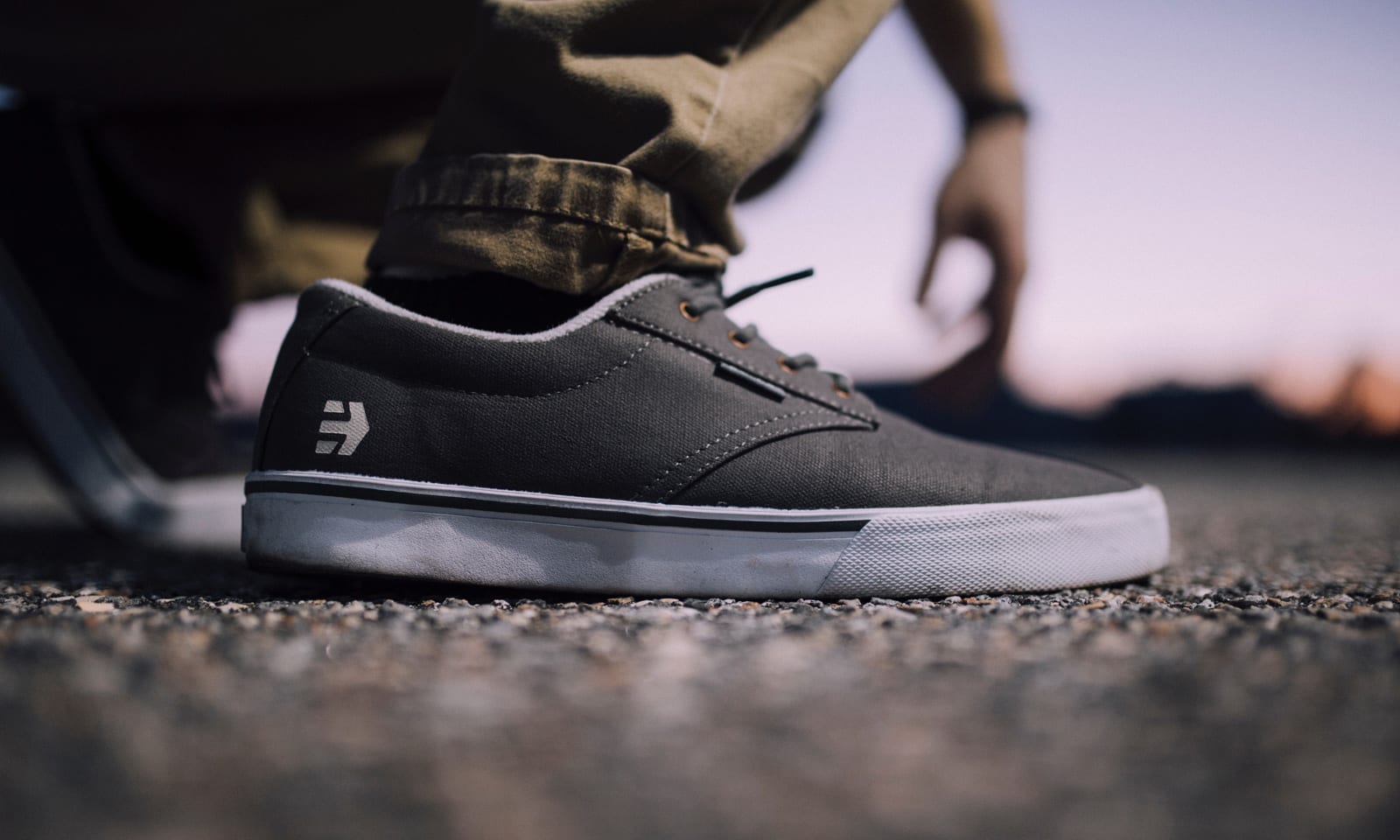

Bathroom Accessories
What Type Of Shoes Are Non-Slip
Published: February 10, 2024
Discover the best non-slip shoes for your bathroom with our top picks and expert advice. Find the perfect footwear for safety and style. Shop now!
(Many of the links in this article redirect to a specific reviewed product. Your purchase of these products through affiliate links helps to generate commission for Storables.com, at no extra cost. Learn more)
Introduction
When it comes to ensuring safety and comfort in the workplace, the right footwear can make all the difference. In various industries, especially those where slippery surfaces are a common hazard, non-slip shoes have become an essential part of the work attire. These specialized shoes are designed to provide superior traction and stability, reducing the risk of slips, trips, and falls.
In this comprehensive guide, we will delve into the world of non-slip shoes, exploring their various types, benefits, and how to choose the right pair for your specific needs. Whether you work in a restaurant, hospital, construction site, or any other environment where slippery floors pose a threat, understanding the features and advantages of non-slip shoes is crucial for maintaining a safe and secure working environment.
Join us as we uncover the secrets behind non-slip shoes, shedding light on their importance and the factors to consider when selecting the perfect pair. Let's embark on this journey to discover how non-slip shoes can not only protect your feet but also provide the confidence and stability needed to navigate any workplace with ease.
Key Takeaways:
- Non-slip shoes provide superior traction and stability on slippery surfaces, reducing the risk of workplace accidents and promoting safety across various industries.
- Choosing the right non-slip shoes involves considering industry requirements, traction design, comfort features, material durability, and safety standards to ensure optimal safety and performance.
Read more: How To Make High Heels Non-Slip
Understanding Non-Slip Shoes
Non-slip shoes, also known as slip-resistant shoes, are specially designed footwear that offers enhanced traction and stability on slippery surfaces. These shoes are equipped with advanced outsole patterns and materials to minimize the risk of slipping, making them indispensable for individuals working in environments where wet, oily, or greasy floors are common.
The primary feature that sets non-slip shoes apart is their outsoles, which are engineered to provide superior grip and traction. These outsoles often feature intricate tread patterns and specialized rubber compounds that effectively channel liquids away from the sole, maintaining contact with the ground. This innovative design significantly reduces the likelihood of slipping and falling, offering a reliable foundation for navigating hazardous surfaces.
In addition to their advanced outsoles, non-slip shoes are constructed with durable and water-resistant materials, ensuring that they remain effective in challenging conditions. Many models also incorporate supportive midsoles and cushioned insoles to enhance comfort and reduce fatigue during extended wear.
Non-slip shoes are not limited to a specific industry or profession; they cater to a diverse range of workplaces, including restaurants, hospitals, construction sites, and manufacturing facilities. In the food service industry, where spills and wet floors are common, non-slip shoes play a crucial role in preventing accidents and maintaining a safe working environment. Similarly, healthcare professionals rely on non-slip shoes to navigate slick hospital floors with confidence, while workers in industrial settings benefit from the added stability provided by these specialized footwear.
Understanding the design and functionality of non-slip shoes is essential for recognizing their significance in promoting workplace safety. By prioritizing traction and stability, these shoes offer a practical solution for mitigating the inherent risks associated with slippery surfaces, empowering individuals to perform their duties with confidence and security.
Types of Non-Slip Shoes
-
Work Boots: Non-slip work boots are designed to provide exceptional traction and protection in rugged environments. These boots often feature reinforced toes, supportive ankle padding, and heavy-duty outsoles with deep treads, making them ideal for construction sites, warehouses, and outdoor work settings. The durable construction of work boots ensures long-lasting performance in demanding conditions, offering both stability and safety.
-
Sneakers and Athletic Shoes: Non-slip sneakers and athletic shoes combine style with functionality, catering to individuals who require reliable traction in a more casual or active work environment. These shoes feature slip-resistant outsoles while incorporating lightweight and breathable materials for all-day comfort. Whether working in a healthcare facility, retail setting, or any occupation that demands constant movement, non-slip sneakers provide the necessary grip without compromising on comfort or style.
-
Clogs and Slip-Ons: Non-slip clogs and slip-on shoes are favored for their convenience and ease of wear. These slip-resistant options are popular in the food service industry, where quick and effortless footwear is essential. With their non-marking outsoles and easy-to-clean designs, non-slip clogs and slip-ons offer practical solutions for professionals in kitchens, restaurants, and hospitality settings, ensuring stability and safety in fast-paced environments.
-
Professional Dress Shoes: For individuals in corporate or formal work settings, non-slip professional dress shoes provide a sophisticated yet practical solution. These shoes are crafted with slip-resistant soles while maintaining a polished appearance, allowing professionals to navigate sleek office floors and formal events with confidence. Non-slip dress shoes are available in various styles, including oxfords, loafers, and dress boots, ensuring that safety is never compromised for style.
-
Hiking and Outdoor Footwear: Non-slip hiking and outdoor footwear are designed to offer exceptional traction on uneven terrain and challenging outdoor surfaces. These shoes feature aggressive tread patterns and durable materials, providing stability and grip during outdoor activities and adventures. Whether trekking through rugged trails or working in outdoor environments, non-slip hiking shoes offer reliable performance in unpredictable conditions.
Understanding the diverse range of non-slip shoes available enables individuals to select the most suitable footwear for their specific work environment and personal preferences. By offering a variety of styles and features, non-slip shoes cater to the unique needs of different industries and occupations, ensuring that safety and stability are always prioritized without compromising on comfort or style.
Benefits of Non-Slip Shoes
Non-slip shoes offer a myriad of benefits that extend beyond their primary function of providing enhanced traction on slippery surfaces. These specialized footwear options are designed to prioritize safety, comfort, and performance, making them indispensable in various work environments. Here are the key benefits of non-slip shoes:
1. Enhanced Safety
The most prominent advantage of non-slip shoes is their ability to significantly reduce the risk of slips, trips, and falls. By offering superior traction on wet, oily, or greasy surfaces, these shoes play a crucial role in preventing workplace accidents. Whether navigating restaurant kitchens, hospital corridors, or industrial floors, individuals wearing non-slip shoes can move with confidence, knowing that their footwear provides reliable stability and minimizes the potential for hazardous slips.
Read more: What Makes Non-Slip Shoes Non-Slip
2. Injury Prevention
In addition to promoting overall safety, non-slip shoes contribute to injury prevention by minimizing the likelihood of workplace-related accidents. Slips and falls can lead to a range of injuries, including sprains, fractures, and musculoskeletal trauma. By wearing non-slip shoes, individuals safeguard themselves against these potential injuries, ensuring that they can perform their duties without the fear of unexpected falls or accidents.
3. Comfort and Support
Non-slip shoes are crafted with a focus on comfort and support, offering features such as cushioned insoles, arch support, and shock-absorbing midsoles. These elements not only enhance overall comfort during extended wear but also reduce the impact on the feet and lower limbs. Whether standing for prolonged periods or navigating challenging work environments, the supportive design of non-slip shoes promotes foot health and minimizes discomfort, contributing to overall well-being and productivity.
4. Versatility and Style
While prioritizing safety and functionality, non-slip shoes also encompass a diverse range of styles and designs to cater to various work settings and personal preferences. From professional dress shoes to athletic sneakers and rugged work boots, non-slip footwear options offer versatility without compromising on safety. This versatility allows individuals to maintain their preferred aesthetic while benefiting from the added assurance of slip-resistant soles, ensuring that safety seamlessly integrates with personal style.
5. Long-Term Durability
Non-slip shoes are constructed with durable materials and advanced outsole technologies, ensuring long-term performance and reliability. The robust design of these shoes enables them to withstand the rigors of demanding work environments, providing lasting traction and stability. By investing in non-slip footwear, individuals benefit from the durability and resilience of these specialized shoes, reducing the need for frequent replacements and maintenance.
Read more: What Nike Shoes Are Non-Slip
6. Regulatory Compliance
In certain industries, the use of non-slip shoes is not only beneficial but also a regulatory requirement to maintain workplace safety standards. By adhering to these regulations and standards, individuals and employers demonstrate a commitment to creating a secure work environment. Non-slip shoes play a pivotal role in ensuring compliance with safety guidelines, contributing to a culture of responsibility and well-being within the workplace.
In summary, the benefits of non-slip shoes encompass safety, injury prevention, comfort, versatility, durability, and regulatory compliance. By integrating these advantages, non-slip shoes serve as a fundamental component in promoting a secure and productive work environment across diverse industries and occupations.
How to Choose the Right Non-Slip Shoes
Selecting the right non-slip shoes is a critical decision that directly impacts safety, comfort, and performance in the workplace. To ensure that you choose the most suitable pair for your specific needs, consider the following factors:
1. Industry and Work Environment
Begin by assessing the nature of your work environment. Different industries have distinct requirements, and understanding the specific challenges posed by your workplace is essential. For example, individuals working in the food service industry may prioritize waterproof and easy-to-clean non-slip shoes to combat spills and grease, while those in construction or industrial settings may require heavy-duty work boots with reinforced toes and rugged outsoles for added protection.
2. Traction and Outsole Design
Pay close attention to the traction and outsole design of the non-slip shoes. Look for deep tread patterns, multidirectional lugs, and specialized rubber compounds that are engineered to provide maximum grip on slippery surfaces. The outsole should effectively channel liquids away from the sole, maintaining consistent contact with the ground to minimize the risk of slipping. Additionally, consider the flexibility and durability of the outsole to ensure long-lasting performance.
Read more: What Is The Best Non-Slip Flooring
3. Comfort and Support Features
Prioritize comfort and support features to mitigate fatigue and promote overall well-being during extended wear. Look for non-slip shoes with cushioned insoles, arch support, and shock-absorbing midsoles to enhance comfort and reduce the impact on your feet and lower limbs. Proper cushioning and support contribute to sustained comfort, especially in occupations that involve prolonged standing or physical activity.
4. Material Durability and Water Resistance
Evaluate the durability and water resistance of the materials used in the construction of non-slip shoes. Durable and water-resistant materials ensure that the shoes remain effective in challenging conditions, providing long-term protection and performance. Whether facing wet floors, spills, or abrasive surfaces, the durability of the materials directly impacts the longevity and reliability of the non-slip shoes.
5. Fit and Sizing
Ensure that the non-slip shoes fit properly and provide ample support. Proper fit is crucial for preventing discomfort and potential foot injuries. Consider trying on different sizes and styles to find the most suitable option for your foot shape and size. Additionally, look for adjustable features such as laces or straps to customize the fit according to your comfort preferences.
6. Compliance with Safety Standards
In certain industries, non-slip shoes must comply with specific safety standards and regulations. Verify that the non-slip shoes you choose meet the necessary safety requirements for your workplace. Compliance with safety standards not only ensures personal protection but also contributes to maintaining a secure and regulated work environment.
By considering these essential factors, you can make an informed decision when choosing non-slip shoes that align with your occupational demands and personal comfort preferences. Prioritizing safety, functionality, and durability will enable you to select non-slip shoes that provide the necessary traction and stability to navigate your work environment with confidence and security.
Read more: What Are Good Non-Slip Shoes
Conclusion
In conclusion, non-slip shoes stand as a vital asset in promoting workplace safety, comfort, and performance across diverse industries and occupations. These specialized footwear options, encompassing a wide array of styles and features, offer unparalleled traction and stability on slippery surfaces, mitigating the inherent risks associated with slips, trips, and falls. From the rugged terrains of construction sites to the fast-paced environments of restaurant kitchens, non-slip shoes serve as a reliable safeguard, empowering individuals to navigate their work settings with confidence and security.
The significance of non-slip shoes extends beyond their primary function of enhancing traction. These shoes contribute to injury prevention, comfort, and long-term durability, offering a holistic approach to maintaining foot health and well-being in the workplace. By prioritizing safety and functionality without compromising on style, non-slip shoes cater to the diverse needs and preferences of individuals across various professions, ensuring that safety seamlessly integrates with personal aesthetic and occupational demands.
Furthermore, the process of choosing the right non-slip shoes involves careful consideration of industry requirements, traction design, comfort features, material durability, and compliance with safety standards. By evaluating these factors, individuals can make informed decisions when selecting non-slip shoes that align with their specific work environments and personal comfort preferences, thereby enhancing their overall safety and performance.
As workplaces continue to prioritize safety and well-being, the role of non-slip shoes remains integral in fostering a culture of responsibility and protection. Whether mandated by industry regulations or chosen proactively to enhance workplace safety, non-slip shoes serve as a fundamental tool in creating secure and productive work environments, where individuals can focus on their tasks without the fear of unexpected accidents or injuries.
In essence, non-slip shoes not only offer traction and stability but also symbolize a commitment to safety, comfort, and performance in the workplace. By recognizing the value of non-slip shoes and embracing their benefits, individuals and employers alike contribute to a culture of proactive safety measures and well-being, ensuring that every step taken in the workplace is supported by the reliability and assurance of non-slip footwear.
Frequently Asked Questions about What Type Of Shoes Are Non-Slip
Was this page helpful?
At Storables.com, we guarantee accurate and reliable information. Our content, validated by Expert Board Contributors, is crafted following stringent Editorial Policies. We're committed to providing you with well-researched, expert-backed insights for all your informational needs.
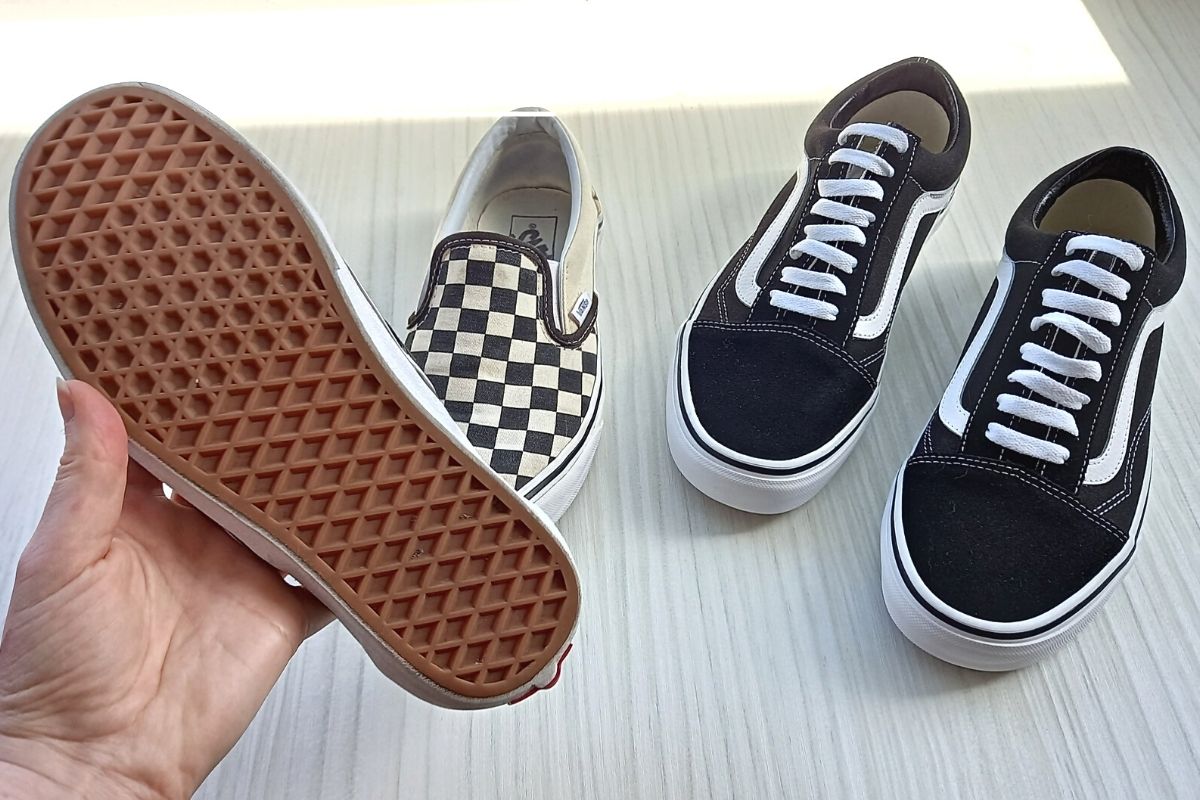
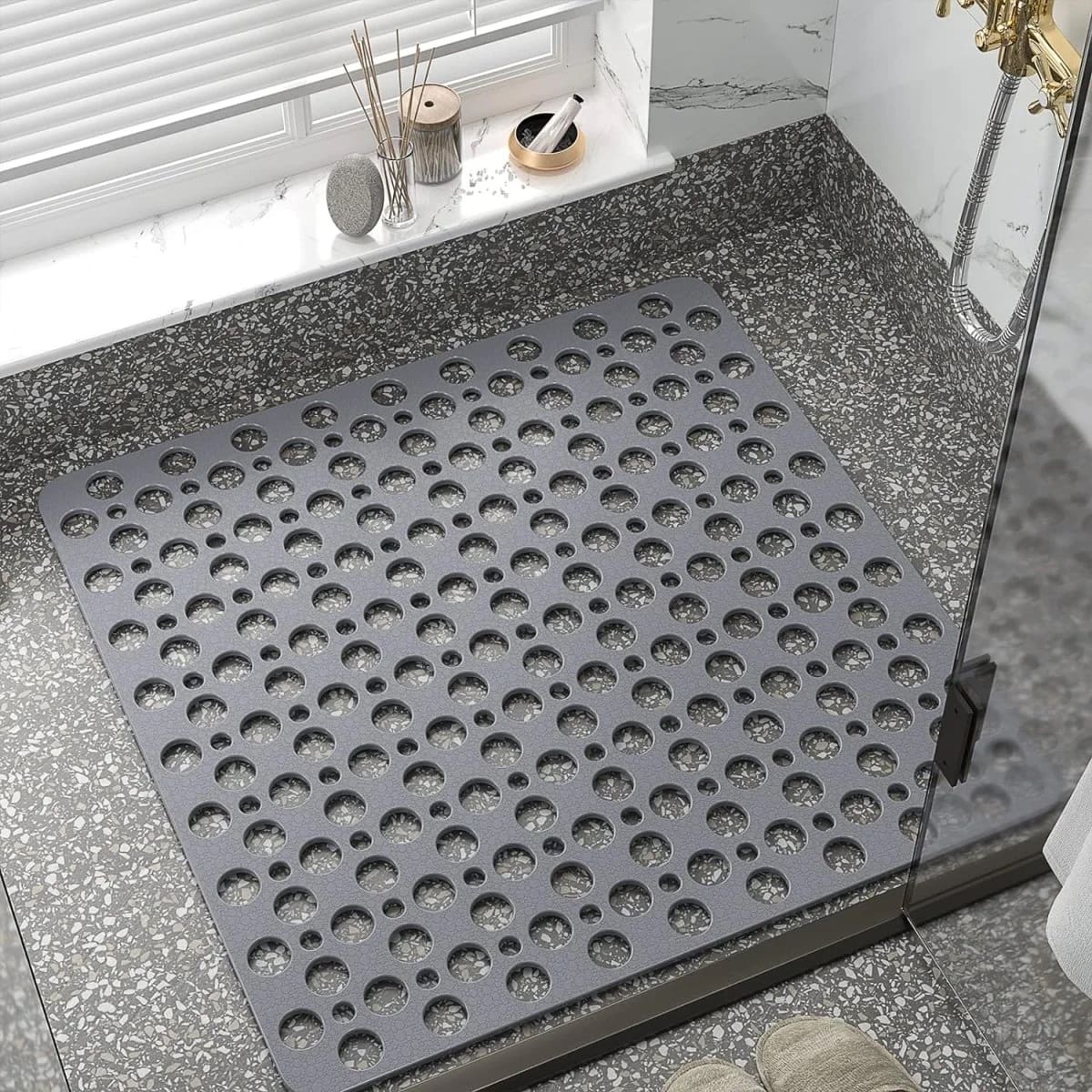
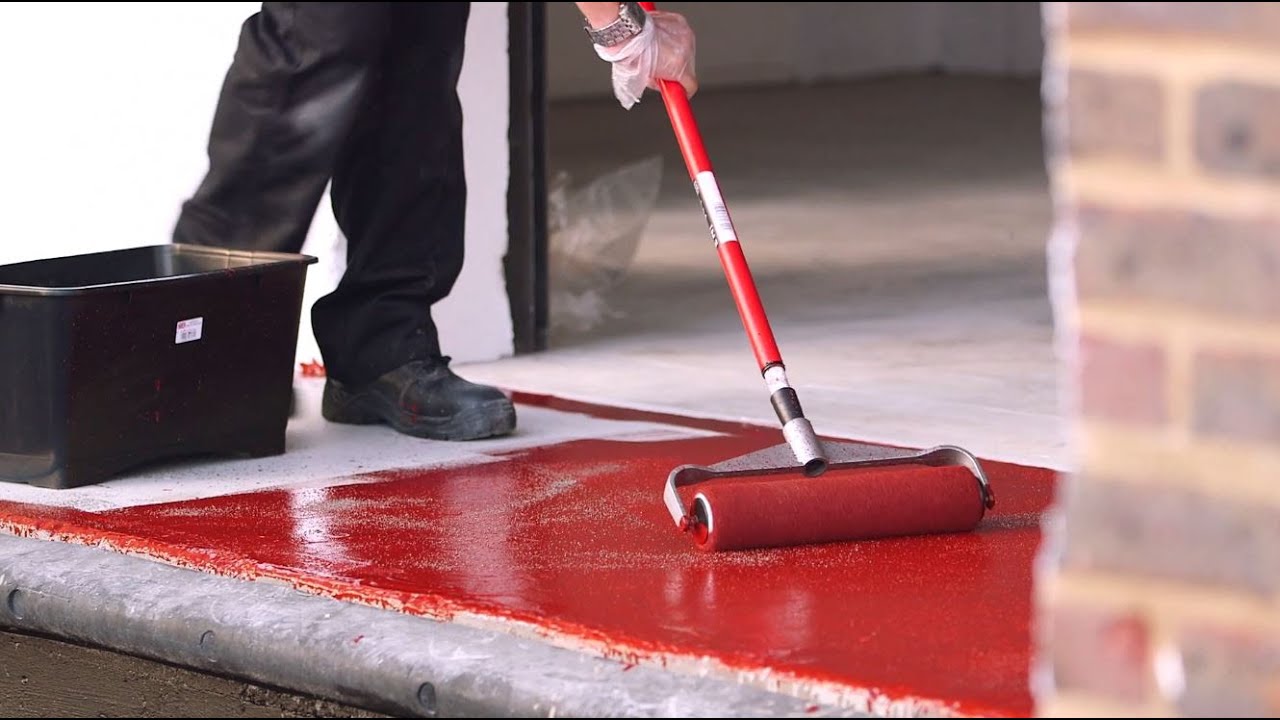
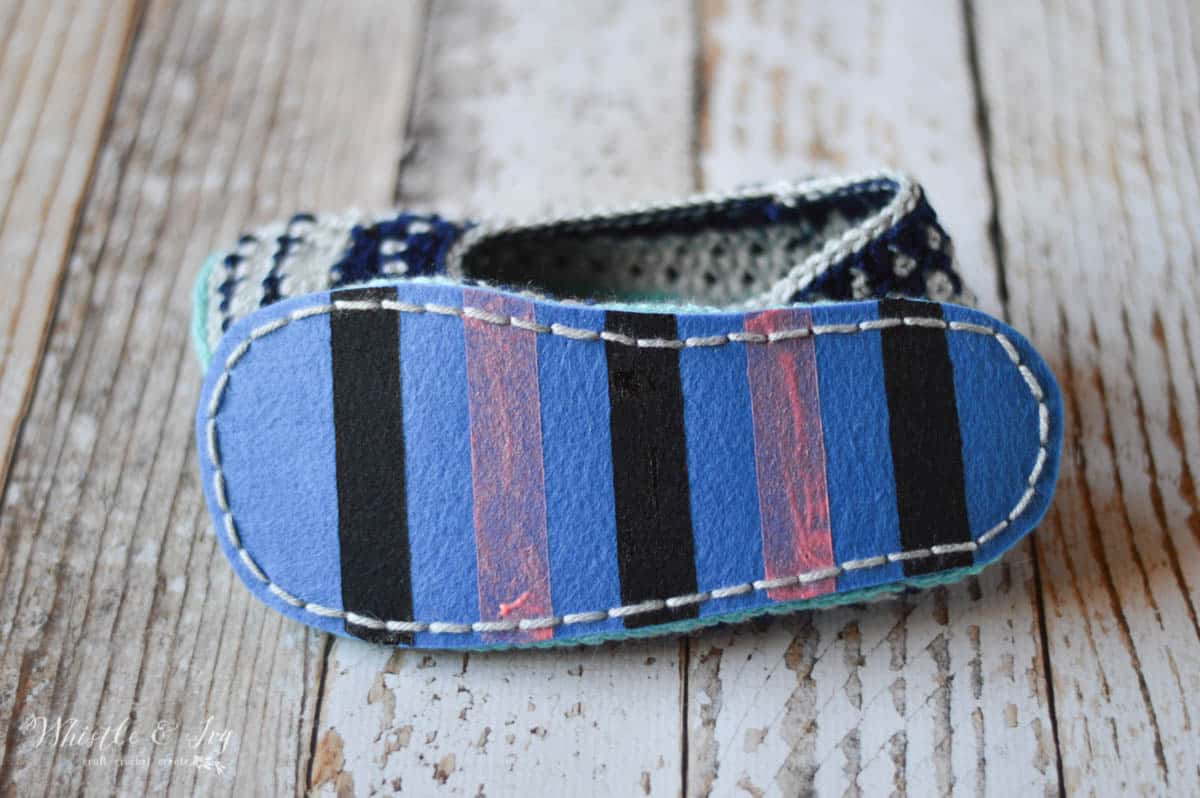
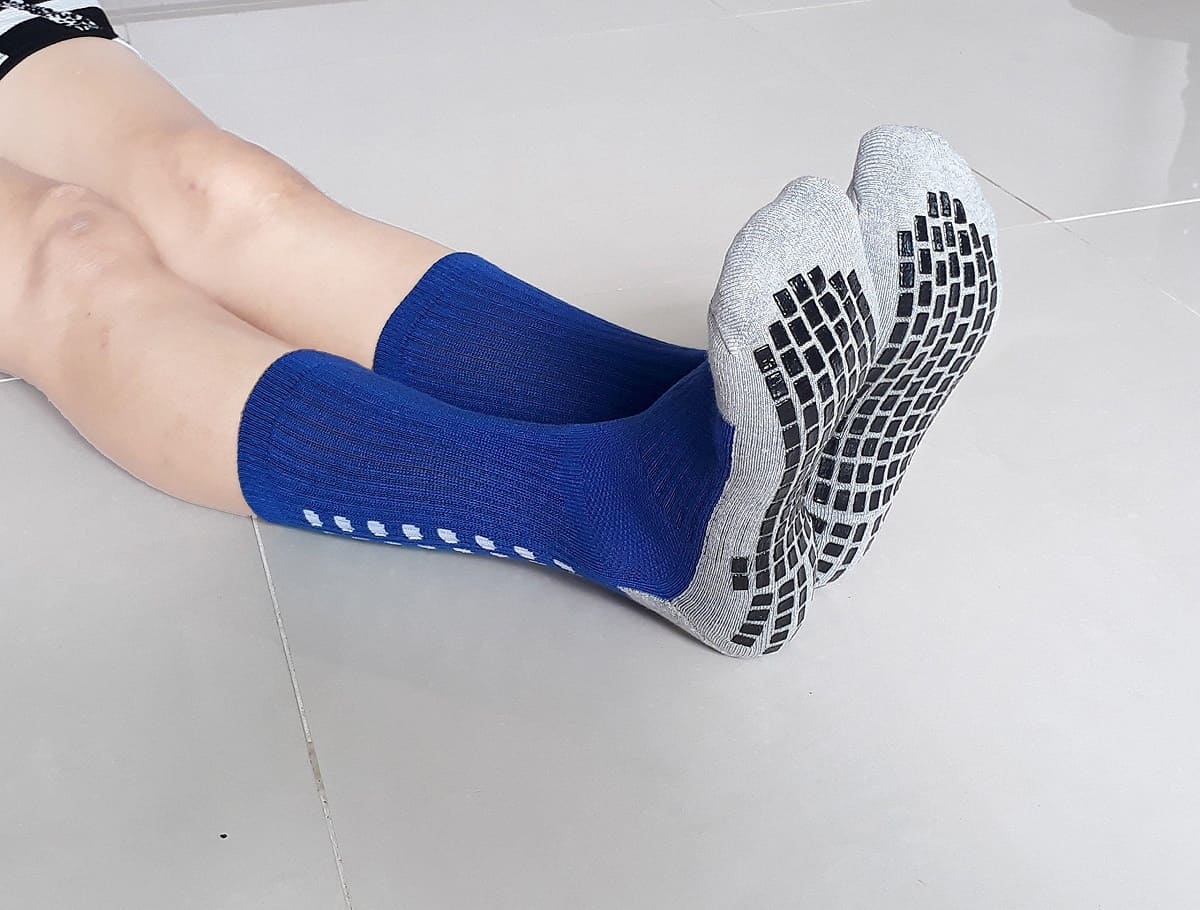
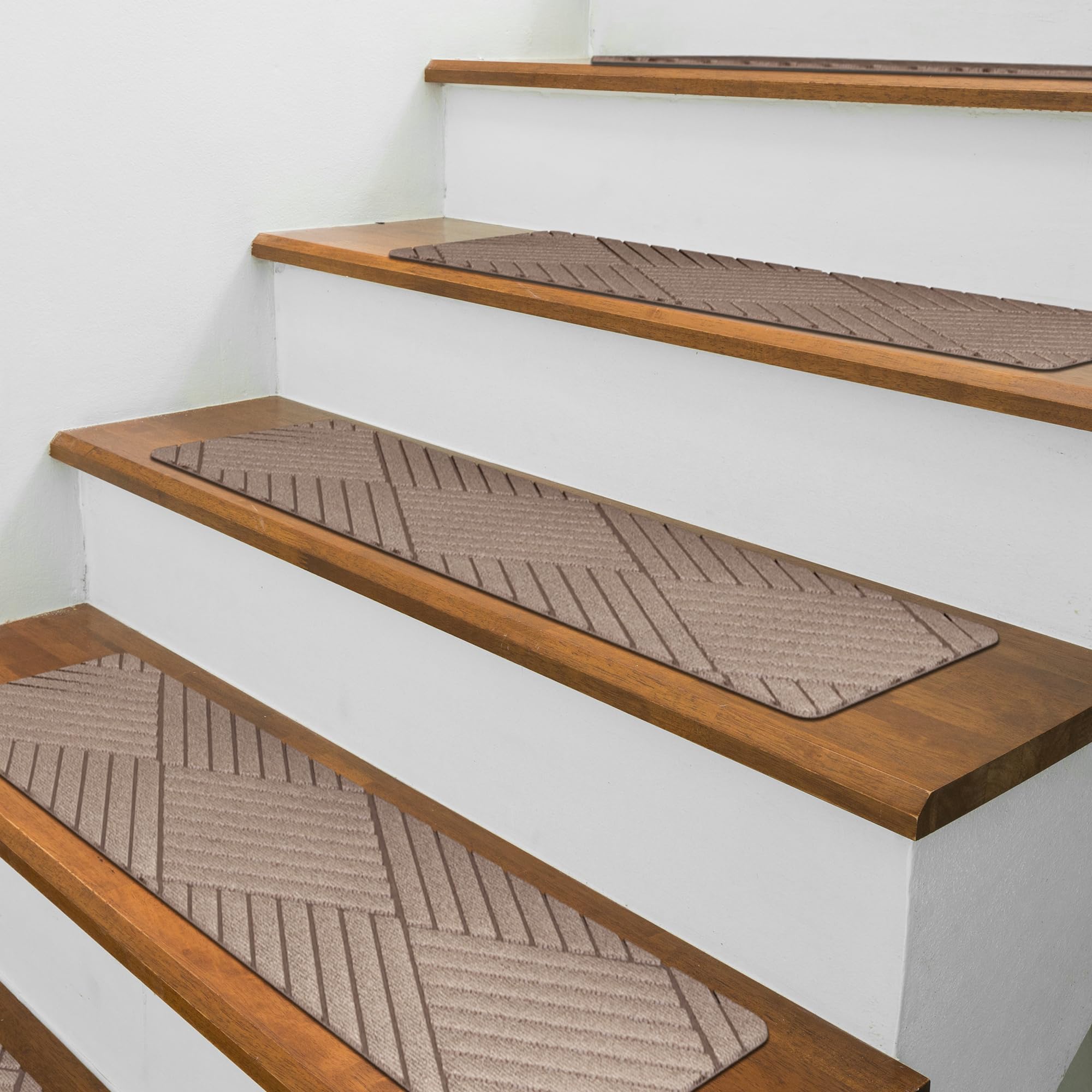
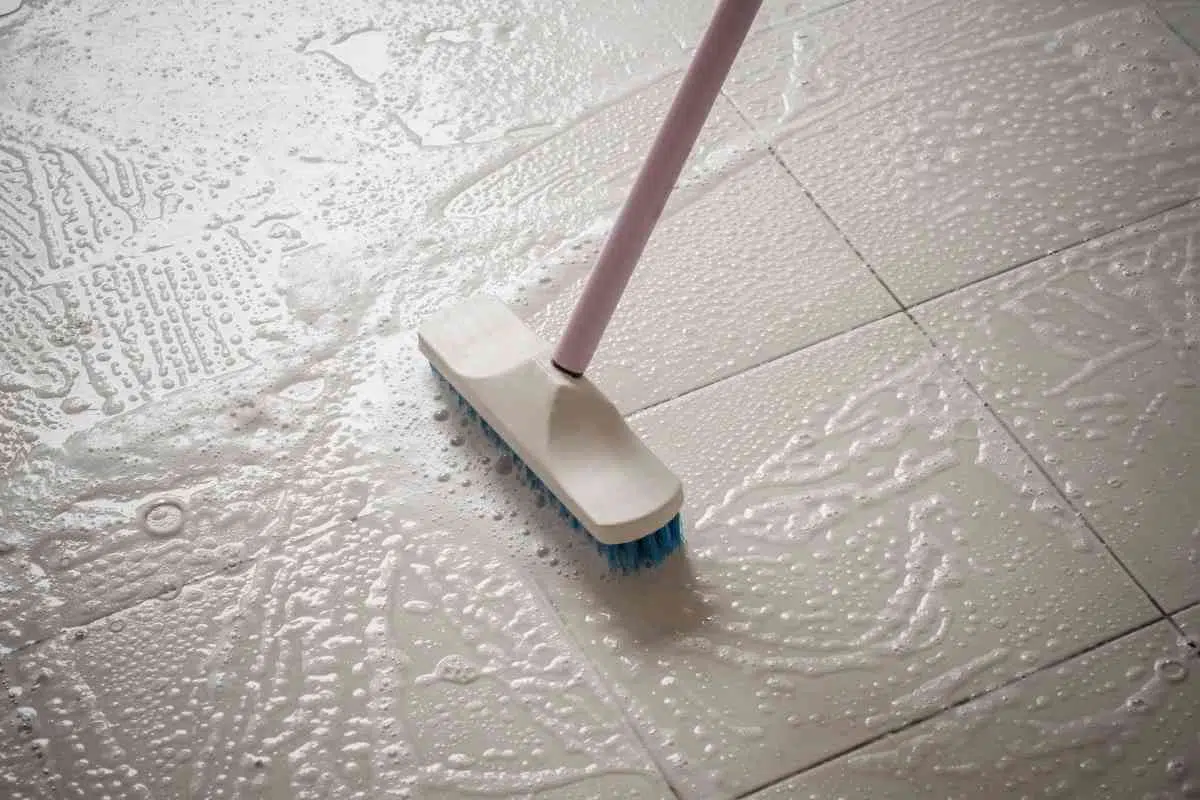
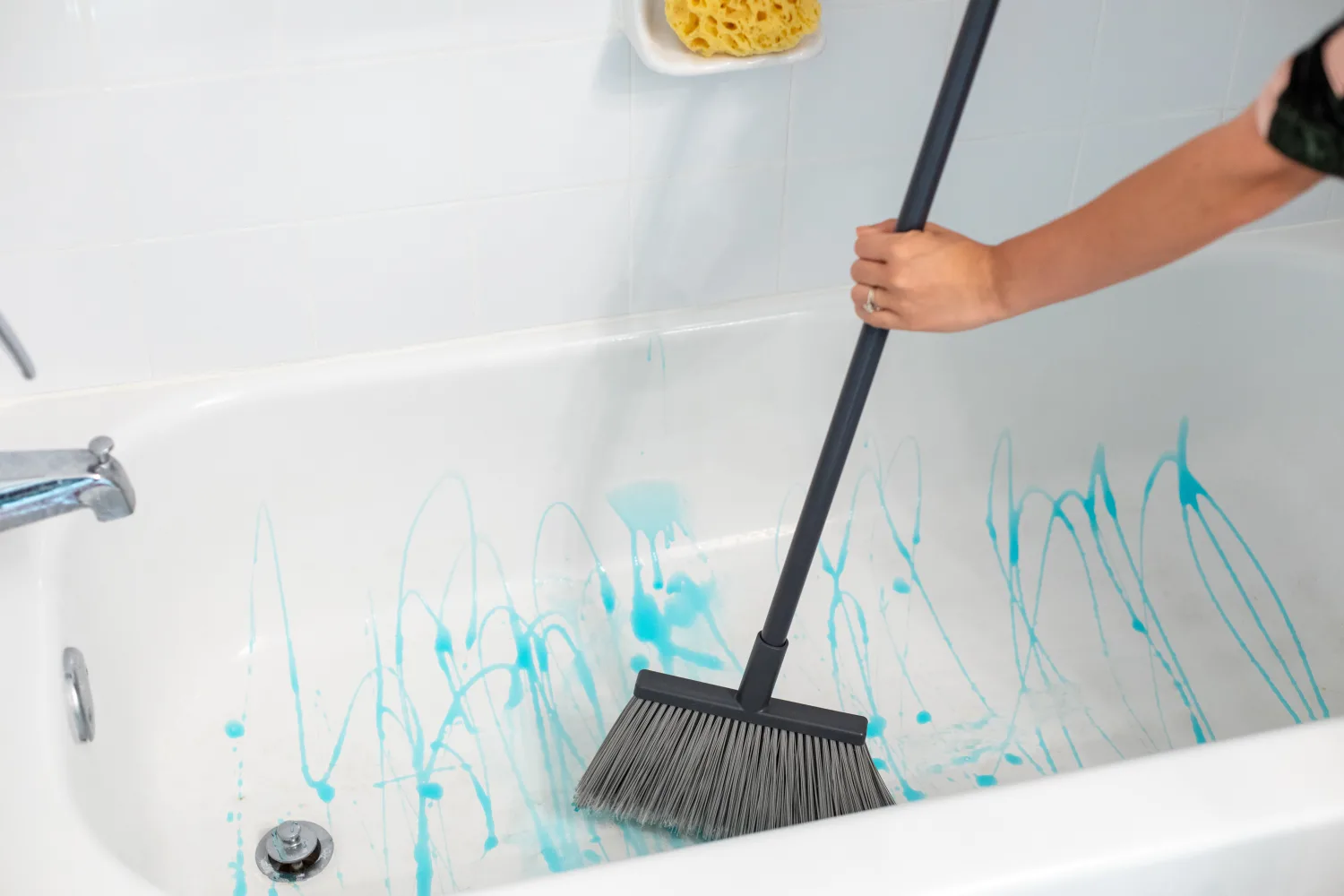

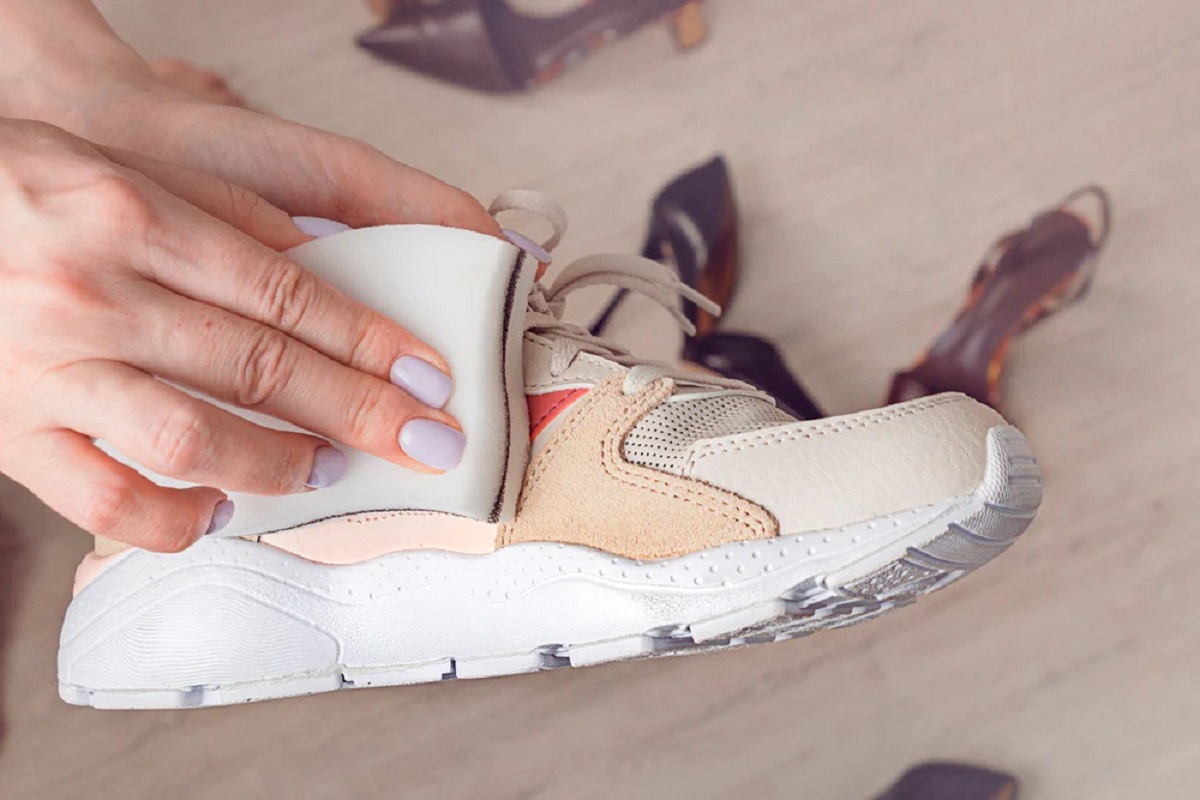
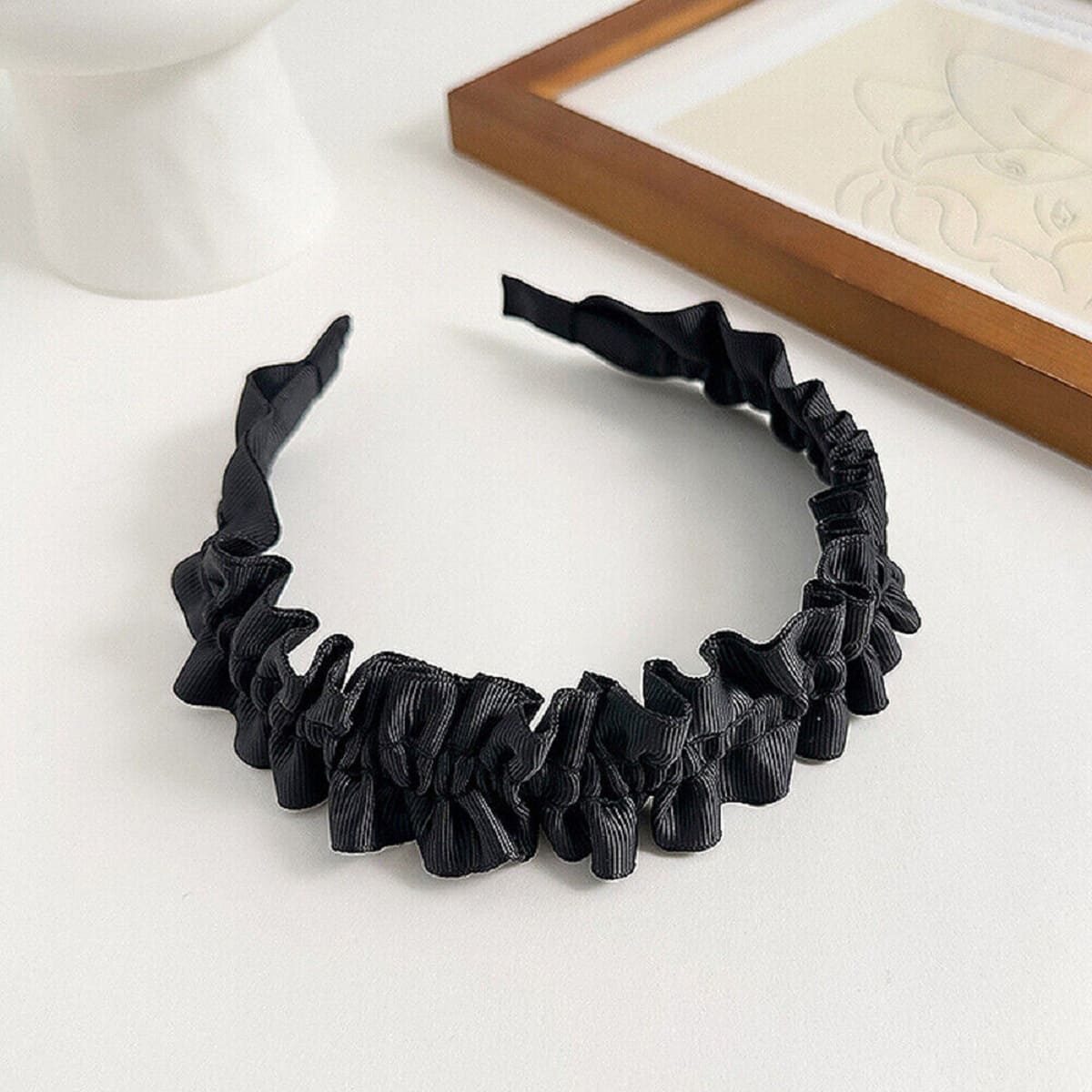

0 thoughts on “What Type Of Shoes Are Non-Slip”